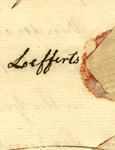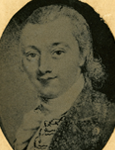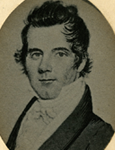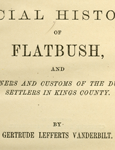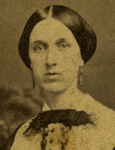“Pieter Janse, from Drenthe, his wife and four children, aged 15, 13, 9, and ½ years.”
– Passenger list, de Bonte Koe, 1660
On April 15, 1660, the ship de Bonte Koe (the Spotted Cow) set sail for New Amsterdam. Among its passengers were Pieter Janse Hagewout (1621-1661), his wife, and their four children. In 1661, the family settled in Midwout, later called Flatbush. Within a year Pieter Janse Hagewout died, his wife remarried, and his eldest son, seventeen-year-old , began carving out his own destiny in the small frontier town of Midwout.
By the 1680s, Leffert Pieterse (1645-1704) had become one of the wealthiest and most influential men in Midwout – by then renamed Flatbush after the 1664 English takeover of the colony. By his death in 1704, he had amassed land in Kings County, Queens County, Staten Island, and New Jersey. His children went on to establish different “branches” of the Lefferts family: his son Peter Lefferts (1680-1774) inherited the family homestead in Flatbush, while his son Jacobus Lefferts (1686-1768) lived on family land in . Other Leffertses settled as far away as Pennsylvania.
Succeeding generations of Lefferts family members proved just as ambitious as Leffert Pieterse. Members of the family fought in the Continental Army during the American Revolution; built roads and rails connecting Flatbush to Brooklyn and New York; served as local, state, and federal politicians; and wrote pioneering histories of Flatbush, Brooklyn, and beyond.


